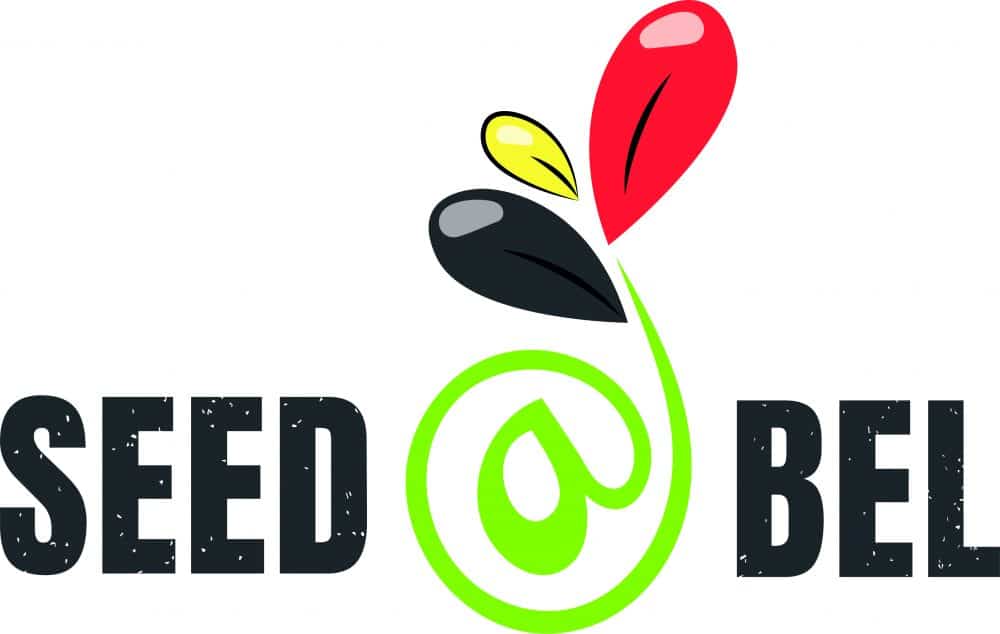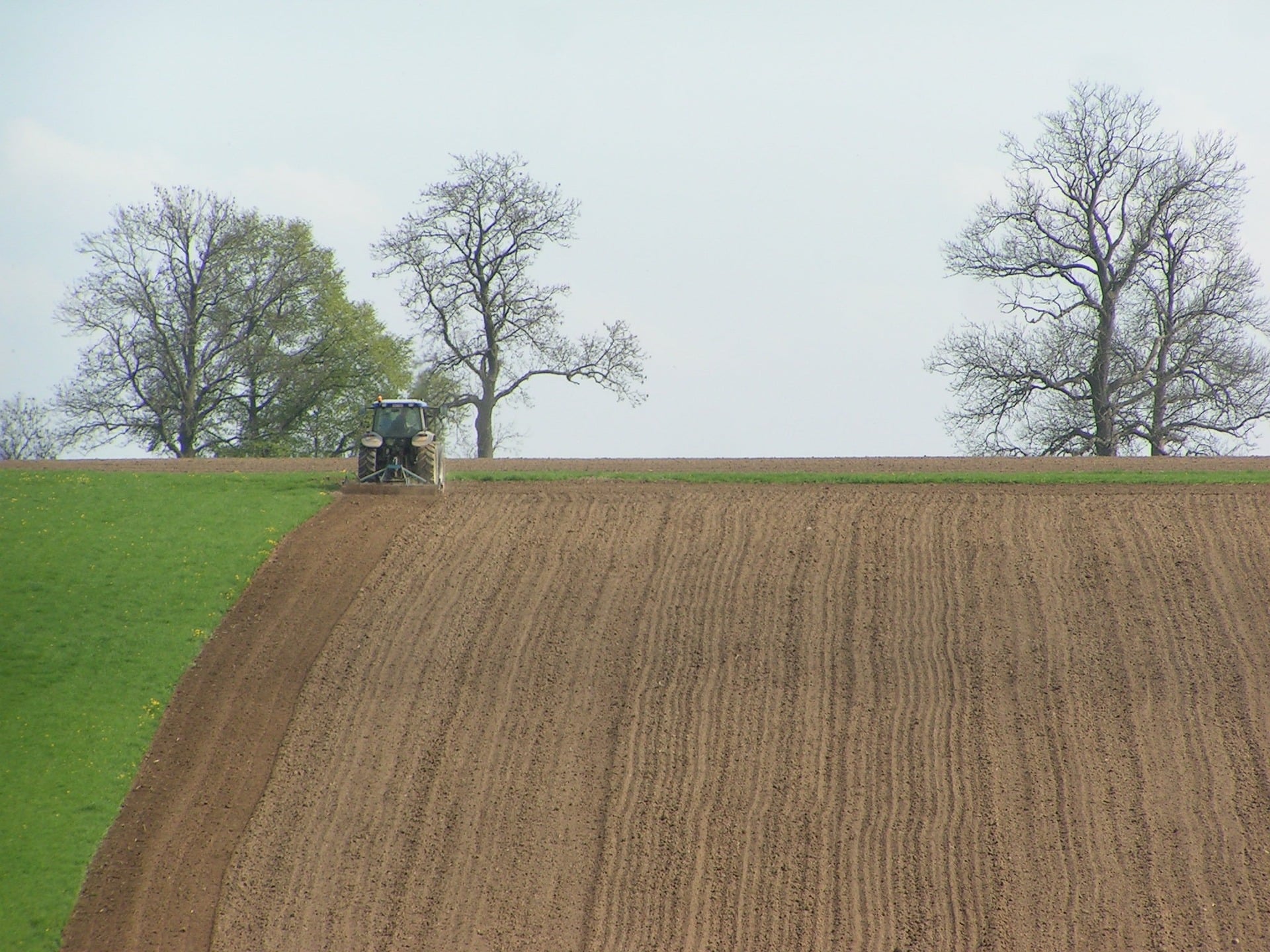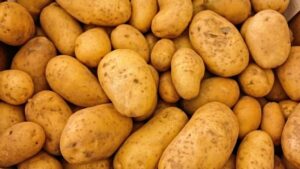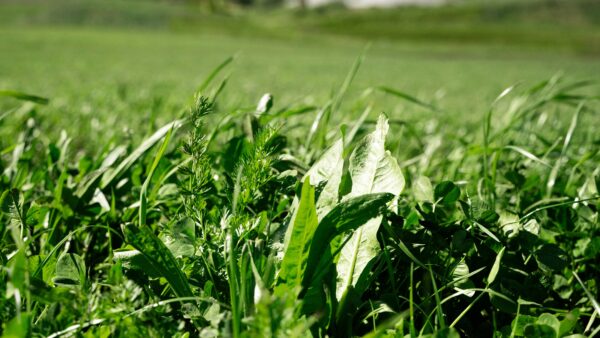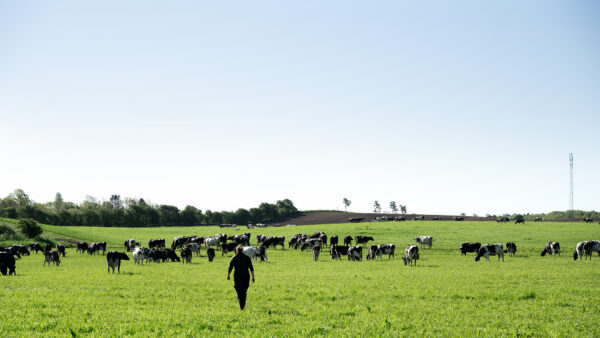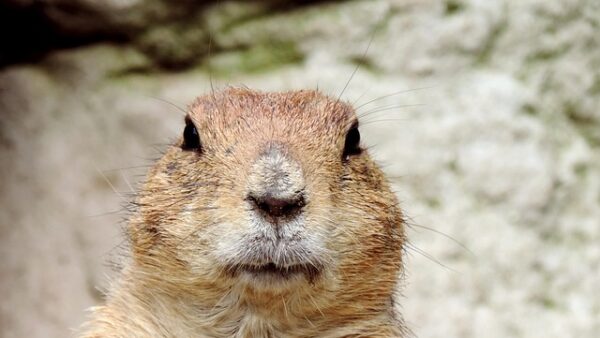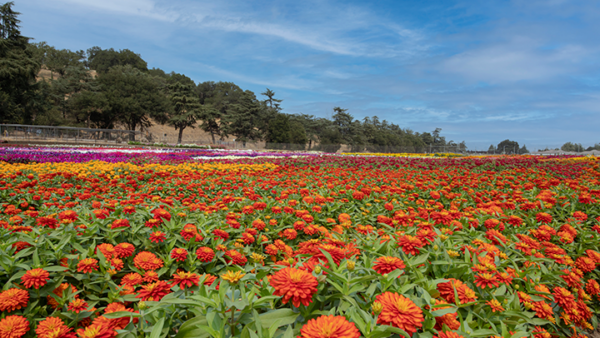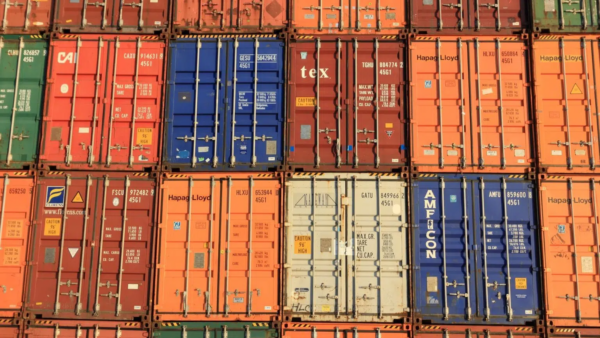Seed@Bel was baptized in April 2019. This Belgian association is the fruit of a super cross between two parents with a long tradition and an excellent reputation in the Belgian seed sector. The father, ASSINSEL, represented the plant breeders. The mother, SEMZABEL, represented the seed traders. Kristiaan Van Laecke, Head of the Plant Sciences Unit of Flanders Research Institute for Agriculture, Fisheries and Food (ILVO) and Secretary-General of the new association, shares his views on Belgian agriculture, the Belgian seed business and what this merger means for the future of the Belgian seed trade.
AGRICULTURE IN BELGIUM
With 11.5 million people in a small area, Belgium is one of the most densely populated countries of Europe. Belgium has three official languages and a rather complex political structure, with important differences in agriculture and agricultural policy between the north (Flanders) and the south (Wallonia). Flemish farms (23,361) are quite small (average 26.5 ha), but their intensive management makes them highly productive (potatoes, livestock and vegetables) and export oriented. In Wallonia, the farms (12,739) are bigger (average 57.6 ha) and more extensively run. The focus there is on local food sales, extensive agriculture and organic crops.
The Belgian climate is optimal for many different crops: both summer and winter are mild, and precipitation is spread throughout the year. Fertile agricultural soils, from clay to loam to sand, cover 44% of Belgium. Nearly two-thirds of these soils are cultivated, with a bit over one-third as permanent grassland. The main crops are cereals, cultivated on about 40% of the agricultural land. Fodder crops come in second. Industrial crops like sugar beet or potato account for 20%. Vegetables, fruit and ornamentals (10%) come last but not least – they account for a whopping half of the total economic value from plant production. The most important crops are peas, beans, carrots, leek, cauliflower, spinach, pear and apple, and trees and shrubs.
Belgian agriculture is small but mighty: the sector exports six times more than its share in the gross national product. Nevertheless, the sector has changed dramatically over the last 35 years. Two-thirds of the farmers have stopped farming. The remaining farms have at least doubled in size. Intensive agriculture is the norm: common yields are 10 t/ha for wheat, 80 t/ha for sugar beet and 50 t/ha for potato. Agriculture is characterized by scaling up, specialization, broadening and innovation. The challenges for agriculture are the livability of farms/companies, space for agriculture in an urban environment, circular agriculture, climate change and healthy and sustainable food (production).
[tweetshare tweet=”Belgian agriculture has evolved dramatically during the last 35 years. Two-thirds of the farmers have stopped farming.” username=”EuropeanSeed”]
THE BELGIAN SEED BUSINESS
Belgian seed companies differ greatly in nature and structure. More than half of them are part of an international seed company. The remaining companies are locally anchored, with either a family structure or a cooperative structure. Of the 28 Belgian companies, 22 are located in Flanders. The most important global seed companies are also prominent in the Belgian market, with their local importance growing markedly in recent years. In 2017, 400 people were employed in the seed sector in Belgium. Although that number has stayed stable in recent years, it is increasingly dependent on the presence or absence of a research infrastructure from international companies in our country.
The seed sector had a turnover of around 140 million euros in 2017. The main subsectors are vegetable seeds (30% of sales, mainly leeks, tomatoes, lettuce, chicory, and cabbages), corn (23%), cereals (12%, mainly wheat), sugar beet (12%) and grass (15%), for both professional and private use. The use of grasses and cruciferous plants and their complexity has clearly increased since 2015 as a result of the implementation of the greening measures in the context of the European agricultural policy.
The acreage of seed production in Belgium is relatively small: 14,300 ha in 2018 (8,243 ha cereals; 3,420 ha grasses and fodder crops; 2,660 ha flax). Major investments have been made in the seed sector in recent years. A new breeding site was opened in 2017, representing an estimated investment of 10 million euros.
THE SEED ASSOCIATIONS IN BELGIUM
BACK IN TIME
Between the world wars, the Belgian seed sector had many associations, each with a well-defined specialty. The importers of fodder seeds were members of IMZA; the traders in vegetable seeds were regrouped within the F.B.H. (Belgian Horticultural Federation); the flaxseed traders formed a section within the ABV (Algemeen Belgisch Vlasverbond); importers of sugar beet seeds defended their interests through “The trade union chamber of beet seed importers”; and the private breeders and agents of foreign varieties were grouped under the association Ascremon (the Association of Creators and Monopolists of Varieties). Ascremon was the ancestor of ASSINSEL (the father of the new Seed@Bel).
On October 11, 1944, the grain seed trade sector was born under the name of SEMZA (Semences –Zaden, or “seeds” in French and Dutch). At that time, more than 50 family companies were active in that sector. They all worked in service of newly modernizing agriculture that aimed to increase yields in order to feed the growing population. With the changes in the world and in agriculture, a fragmented approach showed weaknesses when representing the interests of the ag sector and the companies involved. So, in 1980, after long negotiations, the entire seed sector decided to unite in one association: SEMZABEL. Only the breeders kept their independent association ASSINSEL.
For several decades, these two large associations managed all technical and regulatory aspects of seed trade on a national and international level. When it became clear that all of the members of ASSINSEL were also members of SEMZABEL, and both associations were addressing the same issues in a globalizing seed world, calls for a merger grew louder and louder.
FINALLY, THE MERGER
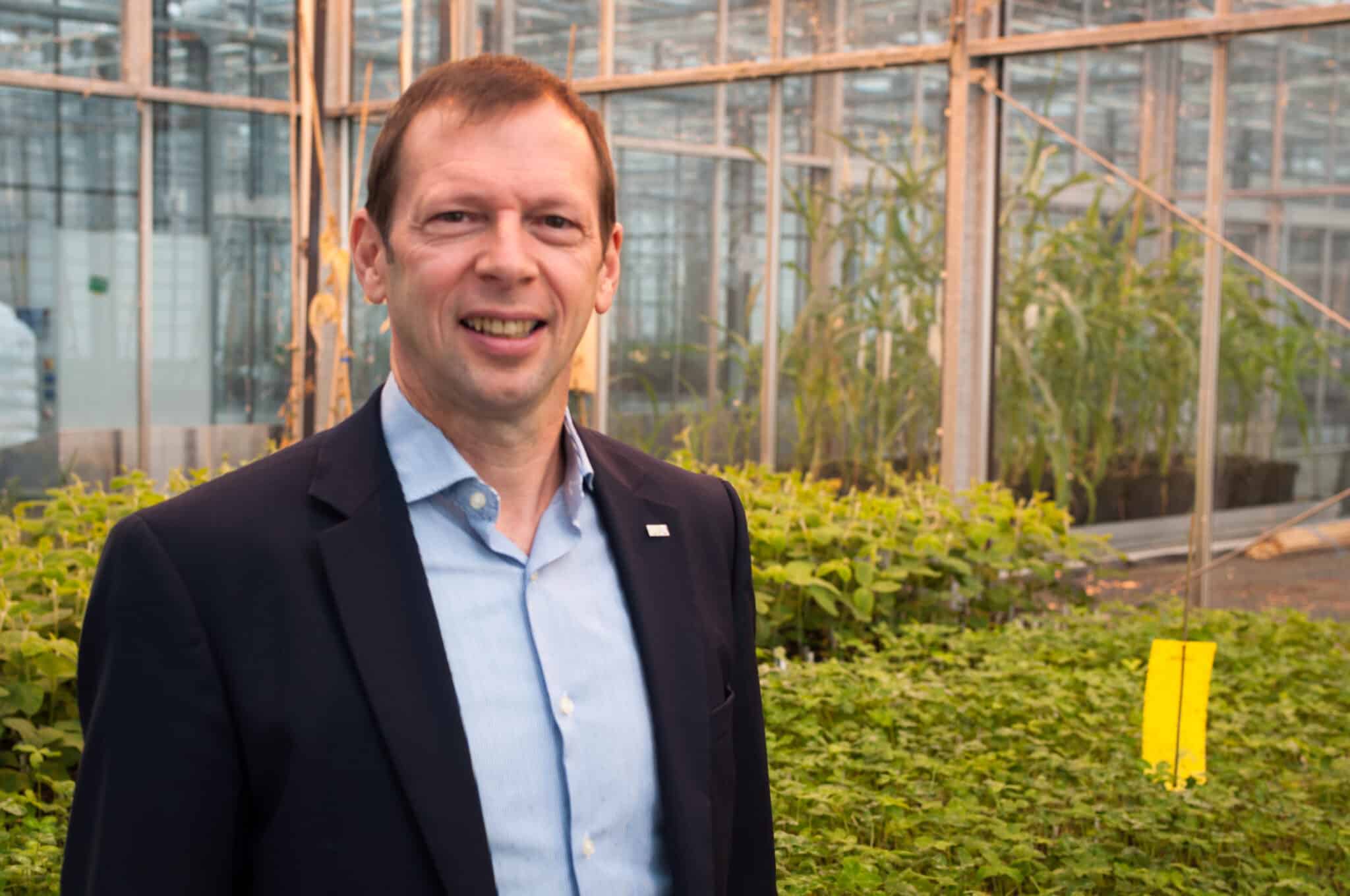
In April 2019, Seed@Bel was born. Seed@Bel has 28 members, which together represent more than 90% of the Belgian seed sector. Marc Ballekens (Limagrain), former chairman of SEMZABEL, is now president of Seed@Bel. He is assisted by Esther Monard (AVEVE, for Flanders) and Jean-Paul Jorion (Jorion Philipseeds, for Wallonia) as vice-presidents. Kristiaan Van Laecke takes on the role of Secretary-General. He combines this with a full-time job as Head of the Plant Sciences Unit of Flanders Research Institute for Agriculture, Fisheries and Food (ILVO). “Important dossiers for the seed sector include the increasing prohibitions of seed treatments, intellectual property on seeds and new breeding techniques,” he explains.
[tweetshare tweet=”Seed@Bel represents more than 90% of the Belgian seed sector.” username=”EuropeanSeed”]
INTELLECTUAL PROPERTY
The operation of the newly built federation is divided into six ‘sections’: sugar beet, maize, cereals, forage grass, horticulture and intellectual property. Van Laecke adds, “This last section is completely new. But it is incorporated with good reason. Without royalties, a breeder has no source of income while re-investing in the development of new varieties.”
Since 2012, Belgium had a system of royalty collection based on voluntary online declaration of the use of farm-saved seed (FSS). Due to limited response, a different system was created recently where the contractors who clean the farm-saved seed collect the royalties directly from the farmers and then forward that amount to the association. After the seed-cleaning season, the paid amounts are compared to the official declared amounts of FSS to check if they correspond. Van Laecke says, “To reach this agreement, we worked in close collaboration with the cereal trade association Synagra, as well as with the farmers associations and government officials. The next step will be to establish monitoring of the system. At the beginning of 2020, we will audit the contractors to see if they have followed the agreement.”
[tweetshare tweet=”Without royalties, a plant breeder has no source of income while re-investing in the development of new plant varieties.” username=”EuropeanSeed”]
NEW BREEDING TECHNIQUES
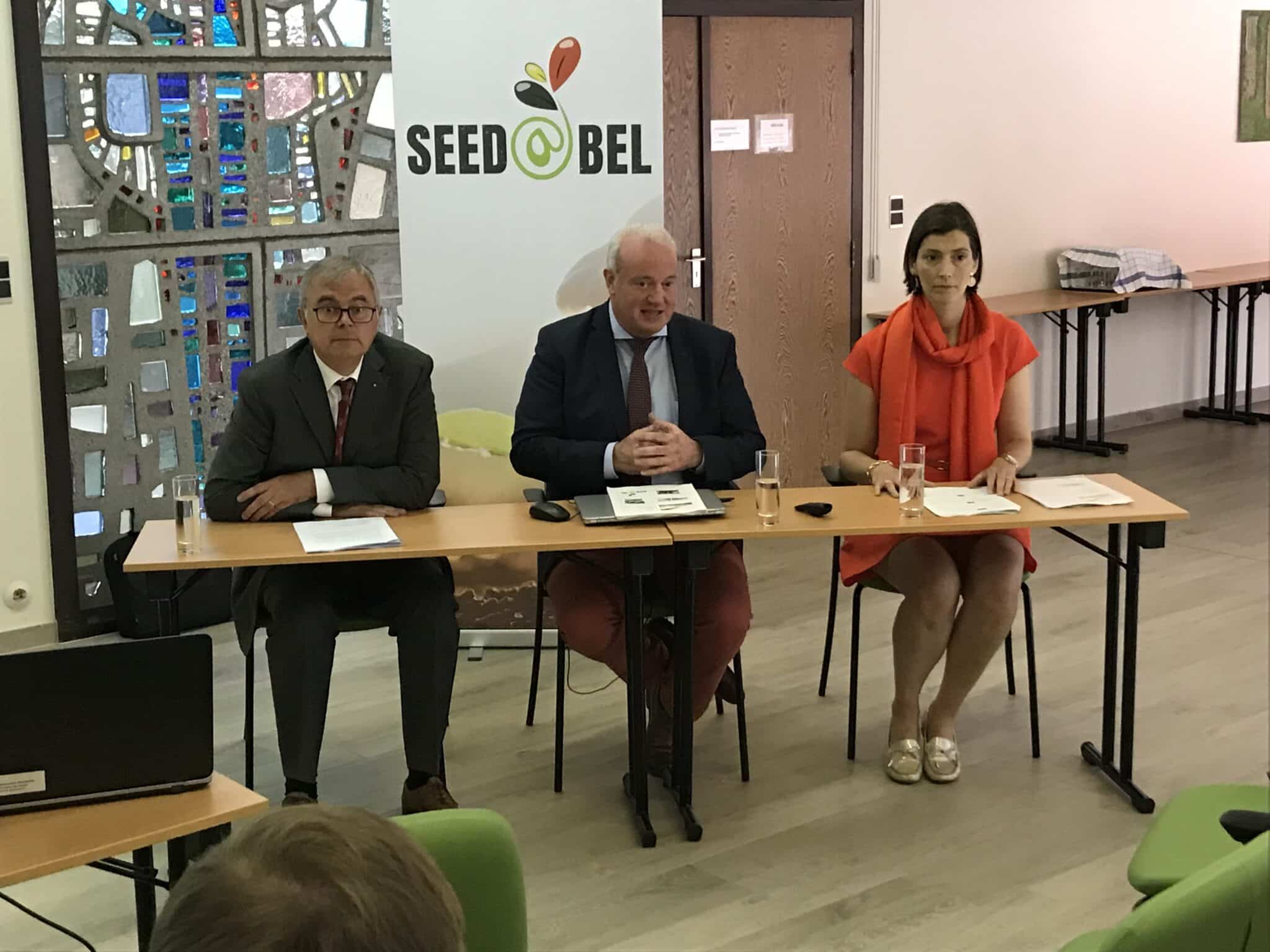
Another new topic within Seed@Bel is ‘new breeding techniques’, which are becoming more important in the seed sector. Kristiaan Van Laecke: “There’s actually a lot of work being done on the genetic level. The most exciting challenge is how to address climate change. Varieties with a better resistance to drought and a better resistance to diseases can really boost the European seed industry. It is therefore absolutely necessary that the CRISPR-CAS techniques are no longer seen as GM.”
SEED TREATMENT
The use of seed treatments is declining as many previously used ingredients such as neonicotinoids are no longer allowed. This poses major challenges to the sector. “Nevertheless, seed disinfection is a very good form of protection to give crops a good start. These prohibitions represent a large loss of income for the seed businesses and they are not a good solution for the environment either,” says Van Laecke.
[tweetshare tweet=”The prohibition of all sorts of ingredients, such as neonicotinoids, poses major challenges to the sector. ” username=”EuropeanSeed”]
LOBBYING
Seed@Bel has regular contacts with policymakers at the federal level and in the regions. Van Laecke says, “Besides the Flemish and Walloon Ministers of Agriculture, we have a federal Minister of Agriculture who is responsible for the food security agency. This means we have different rules and a different translation of European legislation in the different parts of the country. For several dossiers we have to talk with up to three different administrations before we can move forward.”
Seed@Bel needs help from the government to monitor compliance of procedures and legislation with FSS by farmers and contractors. Furthermore, government agencies check possible illegal deviations in the distribution. This task is made complex by the division between federal and regional authorizations. Van Laecke: “It takes a lot of effort from Seed@Bel. But we have to keep talking with the different governments and keep talking about royalties on FSS because the pressure on the market is increasing.”
READY FOR THE FUTURE
By merging SEMZABEL and ASSINEL into Seed@Bel, the Belgian seed sector is preparing itself for the future and taking the first step toward further professionalization of the federation. Van Laecke: “Today, we depend heavily on the presidents, vice-presidents and secretaries of the various sections. These are all people who combine their work for Seed@Bel with a paid job at a seed company. That has advantages, because we always have specialists at the table that represent the interests of the sector. At the same time, it requires a lot of time and energy from the people involved. Over time we intend to employ a person at Seed@Bel to take over some of that work.”
ASSINSEL and SEMZABEL have always represented their members at international meetings, such as the EUROSEEDS congresses, ex ESA (European Seed Association) and ISF (International Seed Federation). The new association Seed@Bel will continue to participate in these international forums and inform its members about topics discussed at the EUROSEEDS and ISF meetings.
BELGIUM AND BIOTECHNOLOGY
The Belgian position and policy in the domain of biotechnology, including the use and cultivation of GMOs, generally follows European policy. In theory, GMO events that are authorized for cultivation in Europe may be grown in Belgium. But at the moment only maize varieties that contain the GM event Mon810 are authorized for cultivation in the EU. This trait is not of interest for the Belgian farmers and is thus not currently grown in Belgium.
Each region is responsible for setting up rules for co-existence. Flanders has developed an overall directive and guidance document for several crops, including maize and potatoes, that describe specific conditions that need to be followed by the farmers when they are growing a GM crop.
On certain biotech topics, Flanders and the Walloon Region (and their governments) take a slightly different position. For example, the Flemish government is more actively supporting research in plant biotech.
WHO DECIDES ON GMOs?
The decisions about authorizing GMOs for use in food/feed, cultivation and field trials are made at the Belgian level, based on the advice of the Belgian Biosafety Council. The advice of the Belgian Biosafety Council is science-based. If no science-based risks are identified, the council gives a positive recommendation. That recommendation is usually followed by the Belgian government.
Belgium follows and implements the EU legislation, keeping the legislators’ intentions in mind. The motivation? Keeping an open mind and stimulating innovation. When translated to plant breeding, this means the following: there is a need for varieties that meet society’s current and future needs (e.g., the UN “Sustainable Development Goals”, climate change etc.). The starting point for each breeding program is genetic diversity and selection of the most promising genotypes. Biotech tools allow breeders to either broaden this diversity or efficiently obtain the genotypes that express traits of interest.
[tweetshare tweet=”Biotech tools allow to broaden plant diversity and to efficiently obtain the genotypes that express the traits of interest.” username=”EuropeanSeed”]
Better varieties means having more sustainable primary production, which benefits the farmer and all of society. Accessing innovative plant varieties is also highly important for the competiveness of the farmers at international level.
In Belgium, authorization for cultivating GMO crops can only be given if a thorough risk assessment has resulted in a positive recommendation. For cultivation, this evaluation includes an environmental risk assessment.
Finally, Belgium also implements legislation regarding the labeling of GMO-containing products. This guarantees consumers a choice about whether to buy products containing GMOs – including those that have been authorized in the EU and have thus passed the risk assessment. Belgium has also implemented enforcement measures for checking the correct use of the labeling. In contrast, testing for seeds is rather limited.
WHAT DO FARMERS SAY?
Farmers are interested in growing GM crops, but only under the following conditions: 1) if the GM traits are relevant to the scope of their activity, 2) if the products can be commercialized in a competitive way, and 3) if the administrative burden is in balance with the potential benefits. The farmers insist that growing GM crops must be economically feasible and must also contribute to sustainability in the broadest sense.
POLICY CONCERNING NEW PLANT BREEDING TECHNIQUES
“To the best of my knowledge, there is currently no official position of Belgium concerning new plant breeding techniques. Of course, there is the ECJ ruling, which is very clear: all NBTs, and CRISPR-mutants in particular, are to be treated as GMO. This is currently not reflected in Belgium at the level of enforcement,” says Kristiaan Van Laecke.
Attitudes toward NBT, differ slightly in Flanders and Wallonia. For example, Flanders is more open to using these tools with the aim of obtaining useful genetic diversity.
Flanders is particularly concerned about the impact on CRISPR mutants. The ECJ ruling may have a negative impact on the competitiveness of Flanders and the EU in general, compared to regions outside the EU. EU countries will not only be unable to exploit these new approaches, it is also impossible to enforce this decision in reality. Tools are available to detect mutants, and technically such detection could be feasible if knowledge on the mutant is available and if only pure primary products are tested. The price tag for implementing these technologies in routine analysis for enforcement will be extremely high. Furthermore, no analytical tool exists to identify the process that has led to obtaining these mutants. Kristiaan Van Laecke says, “In other words, even if the presence of a mutant has been demonstrated, it cannot be proven that this mutant is obtained by using a CRISPR based mutagenesis approach. That clearly demonstrates why the current EU legislation on GMOs must be revisited.”
ADVENTITIOUS PRESENCE
At the moment there is no threshold for adventitious presence of GM seeds in seed lots. Belgium follows the EU position, but in practice, the feasibility of implementing a zero-tolerance policy is questionable, both during production and especially during enforcement, as such low levels are nearly impossible to detect using analytical controls. Belgium is aware that changing the thresholds at EU level is politically impossible, but one possible compromise could be to install thresholds for action limits. The sampling and lab analysis could generate a guaranteed result for purposes of enforcement.
FLAX
Flax is back. With an area of around 17,000 ha (including about 3,400 ha for seed multiplication in 2019), flax is a good rotation crop for the farmer and our soils and climate lend themselves very well to the cultivation of this noble product. This crop is mainly cultivated in Wallonia (65%, Flanders 35%) but is mainly processed (“scuffed”) in Flanders. All of the flax components are processed (long and short fibers, loam, linseed, etc.) so nothing is wasted. The lion’s share of the long and short fibers are exported to China and India, where they are spun and woven into linen. The huge demand from these countries and consequently the good price that the farmer receives has been stimulating new flax cultivation in Belgium.


